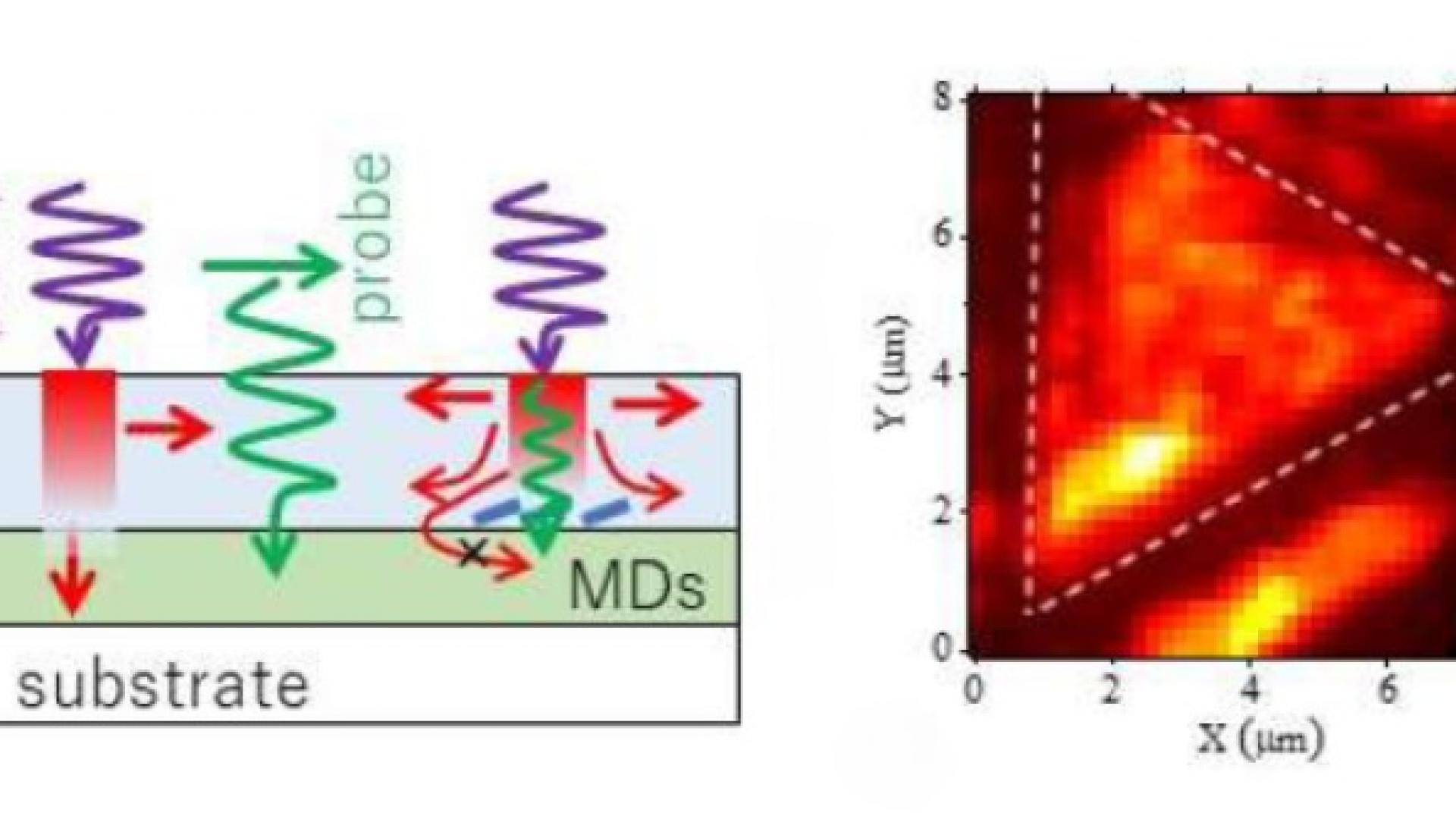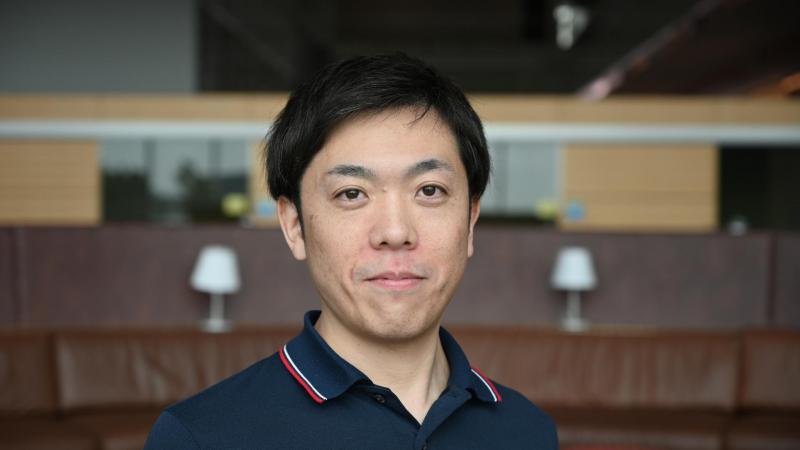The paper reports that phonon-exciton interaction properties in experimental PL spectrum analysis and theoretical calculation of population transfers of excitonic levels.
[Abstract] Longitudinal optical (LO) phonon has strong electric interaction with particles and fields. Particularly, the interaction in III-nitrides is more significant than that in conventional III-V materials. We show phonon-exciton interaction properties in experimental PL spectrum analysis and theoretical calculation of population transfers of excitonic levels. Thermally nonequilibrium occupations of LO phonons and other modes generated by the LO-phonon decomposition are thought to shift the population distribution in principal quantum number states and kinetic energy to the higher energy side. The radiative exciton recombination lifetime is determined by the population distribution in the excitonic states, which is determined by the balance of the electronic and phononic elementary processes. The interaction of excitons and phonons releases the excess energy to the thermal bath of the lattice system, which sometimes yields negligible lattice temperature increase in the excited region or the nonequilibrium state between electron and phonon systems. A Raman scattering imaging measure is introduced to exhibit spatial transport of phonons generated by the energy relaxation and nonradiative recombination of the excited electrons and holes, where pump-probe measurements are enabled by the simultaneous irradiation of two laser beams. It is found that the phonon transport is blocked by the misfit dislocations located on a Ga0.84In0.16N/GaN heterointerface.


